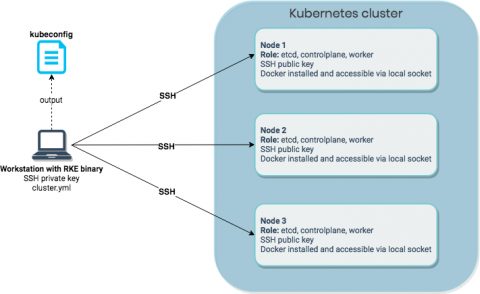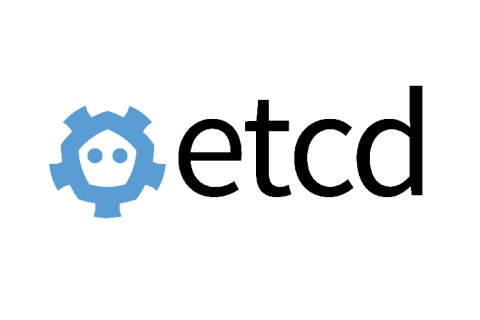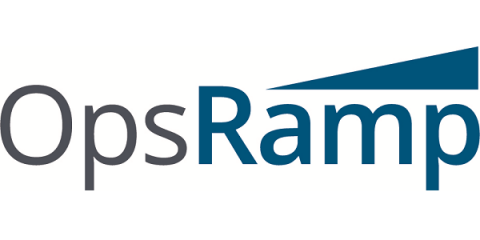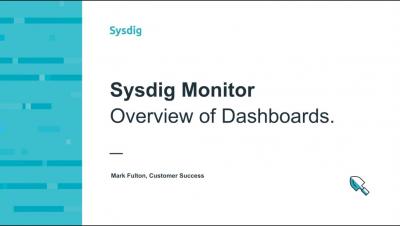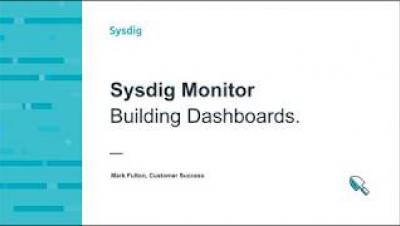Using Chef, Puppet, and Ansible to Manage Kubernetes
In a previous post, we explained the concept of configuration management and presented three of the most popular tools: Chef, Puppet, and Ansible. We also briefly explored the impact that containerization is having on configuration management, and how the two can be used in combination. This article takes a more in-depth look at this relationship by presenting different techniques for using Chef, Puppet, and Ansible to deploy and manage a Kubernetes cluster.



